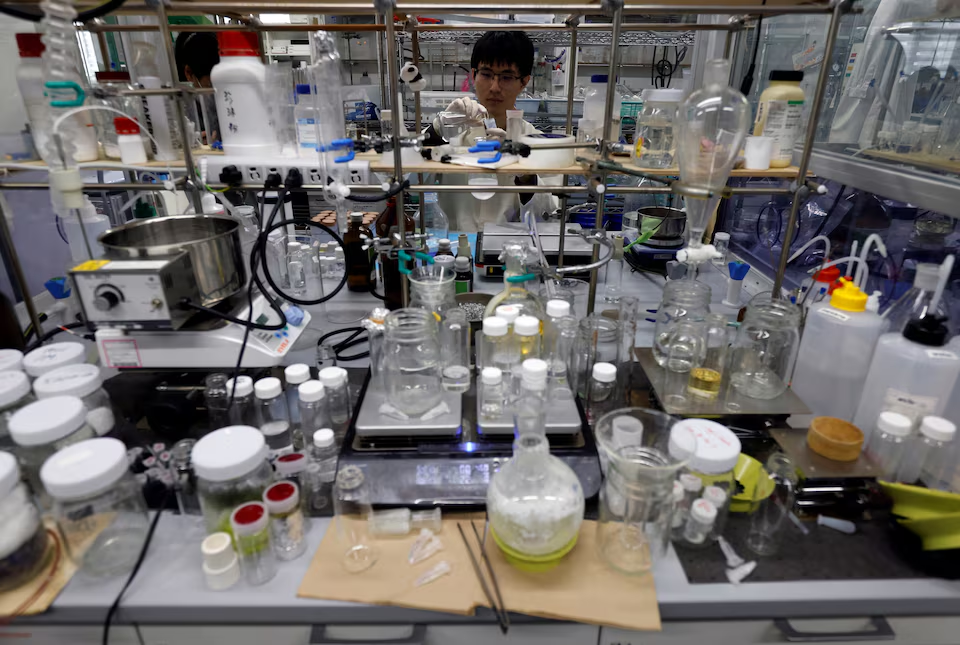In a significant breakthrough addressing the escalating issue of ocean plastic pollution, scientists in Japan have developed an innovative plastic material that dissolves in seawater within hours. This development offers a promising solution to the environmental challenges posed by traditional plastics.
Researchers from the RIKEN Center for Emergent Matter Science and the University of Tokyo have engineered a plastic that, unlike conventional biodegradable plastics, rapidly disintegrates in saltwater without leaving harmful residues. In laboratory demonstrations conducted in Wako city, a small sample of the material completely dissolved in a container of saltwater after approximately an hour of agitation.
The newly developed plastic maintains the strength and durability of petroleum-based alternatives, making it suitable for various applications. However, its unique composition allows it to break down into harmless components when exposed to salt, which are then further decomposed by naturally occurring bacteria. This process effectively prevents the formation of microplastics, which are known to harm aquatic life and enter the food chain.
Lead scientist Takuzo Aida emphasized the environmental significance of this innovation, stating, “Children cannot choose the planet they will live on. It is our duty as scientists to ensure that we leave them with the best possible environment.” He highlighted the responsibility of the scientific community to develop solutions that mitigate environmental degradation for future generations.
Beyond its rapid degradation in seawater, the material also exhibits environmentally friendly properties on land. Due to the presence of salt in soil, a piece of the plastic measuring approximately five centimeters in size disintegrates after over 200 hours when buried. Additionally, the plastic is non-toxic, non-flammable, and does not emit carbon dioxide during decomposition, further underscoring its environmental compatibility.
The research team is currently focusing on optimizing coating methods that would allow the plastic to be used like conventional plastics in various applications. While commercialization plans have not yet been detailed, the project has attracted significant interest from the packaging industry, which is seeking sustainable alternatives to traditional plastics.
This development comes at a critical time, as global plastic pollution is projected to triple by 2040 … with the United Nations Environment Programme predicting an addition of 23 to 37 million metric tons of plastic waste into the world’s oceans each … . The innovative plastic aligns with urgent environmental goals and initiatives, such as World Environment Day, which emphasize the need for sustainable solutions to environmental challenges.
As the scientific community continues to explore and develop environmentally friendly materials, the introduction of this seawater-dissolvable plastic represents a significant step forward in combating plastic pollution and protecting marine ecosystems.
Source; Reuters



